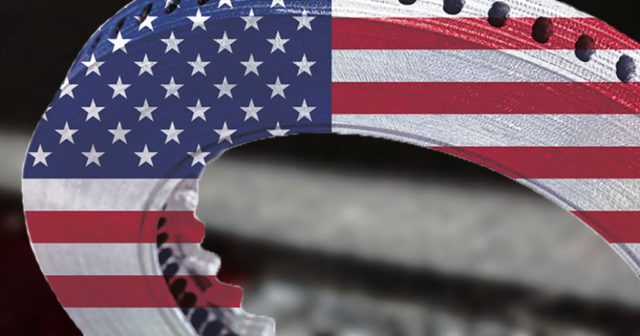Formula 1 is back in the United States for the 18th race of the 2018 World Championship from October 19 to 21 at Circuit of the Americas (COTA). Located in the hills overlooking the centre of Austin, Texas, this track was designed by Hermann Tilke according to recommendations by Kevin Schwantz.
Its launch was in October 2012 and it has since hosted six Formula 1 GP races and just as many MotoGP competitions. Compared to the motorcycles, the single-seaters complete the race 30 seconds sooner because they travel a good part of the corners at a faster speed and sometimes don’t need to brake.
The Texas track stands out for its impressive uphill straightaway that leads to the first left-hand turn: the drivers don’t see the corner until the very last second, so there is great risk of getting the braking point wrong. A similar problem could occur at turn 11, but the opposite could happen on other points of the track. The elevation gain between the lowest stretch of the track and the highest is 41 meters.
According to Brembo technicians, who have ranked the 21 World Champion circuits, Circuit of the Americas presents a mid-level difficulty on the brakes.
Brake use during the US GP at COTA
The Formula 1 drivers use their brakes on only 10 of the 20 corners, which is three less than the MotoGP riders. The grip guaranteed by the four tires means the cars don’t need to brake on turns 3, 4, 6 and 16. But precisely because they accelerate through turns 3 and 4, they have to apply the brakes minimally on turn 5, unlike the MotoGP bikes.
To complete one lap on the Austin track, the brakes on each Formula 1 car are applied for 18 seconds and half, compared to the 38 seconds the MotoGP bikes need. On average during the United States GP, the Formula 1 cars apply their brakes for 17 minutes, which is 20% of the overall duration of the race.

The average peak deceleration per lap is 3,9 G, but there are six corners where this gets up to at least 4 G. The energy dissipated in braking throughout the GP by one single-seater however, is high: 140 kWh, which is the same of the Mexican GP.
Nor is the load applied to the brake pedal by each driver from the starting line to the checkered flag among the heaviest in the World Championship. It is 52 tons, which is less than half that of the Singapore GP. In other words, each driver applies a force of about 550 kg for every minute of driving.
The most challenging braking sections
Of the 10 braking sections on Circuit of the Americas, Brembo technicians have classified three as demanding on the brakes, four of medium difficulty and three one light.
The cars approach turn 12 after having travelled the long straightaway and taken advantage of the DRS system. The single-seater speed loses almost 240 km/h in order to set the braking point up right. They go from 330 km/h to 92 km/h in just 2.84 seconds and 142 meters. To perform like this, the drivers are subject to 4,6 G in deceleration and apply a load of 114 kg on the brake pedal.

The speed lost in braking on the first corner is just below this. But since this stretch is uphill, it requires more time to complete the operation. The drivers need 2,99 seconds to go from 320 km/h to 87 km/h in 140 meters. The load on the brake pedal is 114 kg and the deceleration is 4,6 G.
A little shorter but just as significant is the braking on turn 11: 297 km/h to 87 km/h in 2,48 seconds and 126 meters with an average deceleration of 4,6 G. Braking on the last corner requires 90 meters. On the contrary, only 19 meters are needed for the small braking sections at turns 5 and 7.
Brembo performance
Single-seaters with Brembo brakes have won the last five United States GP races contested on Circuit of the Americas. More generally, Brembo brakes have been victorious at 22 GP races in the United States, 12 of which were with Ferrari. But Lewis Hamilton with Mercedes has earned first place in the last four races.
19 October 1958: Mike Hawthorn wins the title by 1 point from Stirling Moss to become Britain’s first #F1 world champion
60 years on, @LewisHamilton can claim his 5th and Britain’s 18th drivers’ championship on Sunday pic.twitter.com/xgArZ6WQu7
— Formula 1 (@F1) October 19, 2018

































